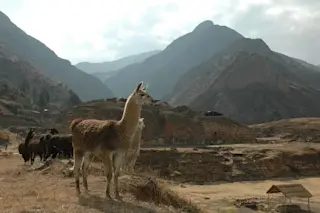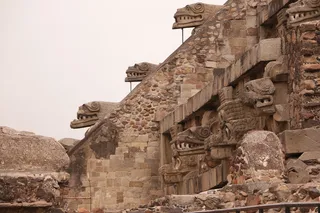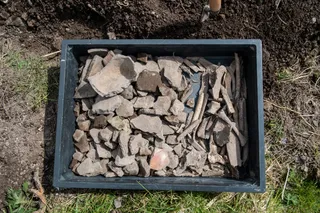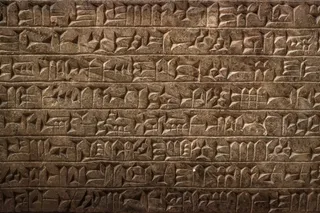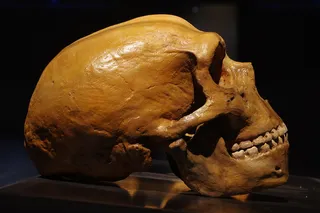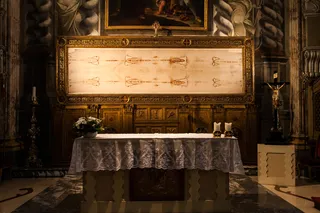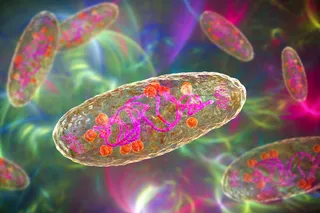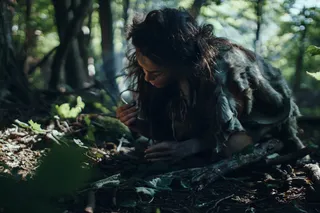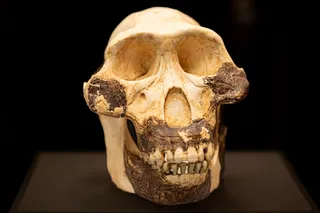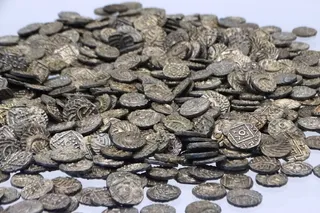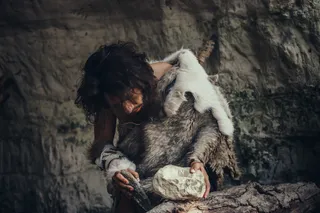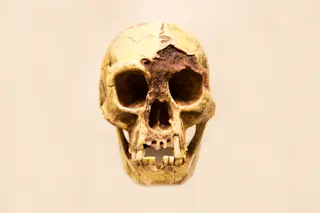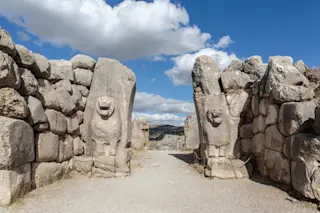Farming, crafts, and trade all helped establish the foundation of a South American society known as the Chavin Phenomenon, which predated the Incas by about 2,000 years.
But there was one more ingredient that tied it all together — hallucinogens. Unlike the other three elements, consuming mind-altering substances wasn’t a shared, communal experience, but rather a source for the leader’s power based on mystical visions, according to a study published in the journal Proceedings of the National Academy of Sciences.
“Taking psychoactives was not just about seeing visions,” Daniel Contreras, a University of Florida anthropologist and co-author of the study, said in a press release. “It was part of a tightly controlled ritual, likely reserved for a select few, reinforcing the social hierarchy.”
Snuff tubes carved from hollow bones and used to inhale tobacco and hallucinogenic vilca. (Image Credit: Daniel Contreras)
Daniel Contreras
A cache of ancient snuff tubes carved ...


